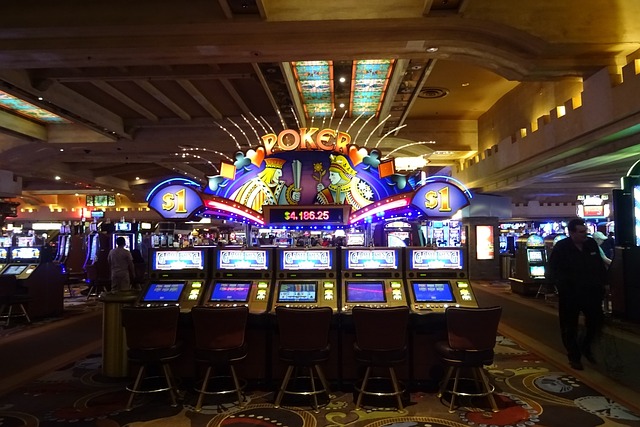Jump into Fancy Land

The architecture and design of national casinos often serve as physical manifestations of the excitement, luxury, and allure that these establishments aim to offer. They are built to captivate, to dazzle, and to provide a sensory-rich environment where the line between reality and fantasy is blurred. Whether it’s the glittering façade of a Las Vegas mega-casino or the understated elegance of a Monte Carlo establishment, the architecture often tells a story that invites patrons to step into a different world.
Starting with the exterior, a national casino often utilize grandiosity as a way to make a statement. For instance, many casinos in Las Vegas have enormous, eye-catching facades. The Luxor has its iconic pyramid, while The Venetian offers a slice of Italy with its canals and St. Mark’s Square. These designs serve as billboards in themselves, beckoning passersby to explore the world inside. Often lit up with neon lights or massive LED screens, the exteriors function as a 24/7 advertisement, promoting not just gambling, but a broader experience filled with shows, dining, and shopping.
Once inside, the architecture continues to play a significant role in shaping the visitor experience. The layouts are often designed to keep patrons engaged and disoriented. Maze-like floor plans make it easy for visitors to lose themselves, both metaphorically and literally. This disorientation is a psychological technique that encourages patrons to spend more time (and money) within the establishment.
Beyond functionality, the interiors also aim to encapsulate various themes or fantasies. For instance, the Bellagio in Las Vegas is renowned for its focus on Italian elegance, featuring an eight-acre lake, a conservatory, and an art gallery. Meanwhile, casinos in Macau often blend Portuguese and Chinese influences, as reflected in the designs of establishments like The Venetian Macao and MGM Macau. These designs not only offer a sensory feast but also a form of escapism, allowing patrons to traverse the world without leaving the casino floor.
Materials and decor elements are carefully chosen to communicate luxury and affluence. Marble floors, crystal chandeliers, and lavish carpets are commonly used to establish an opulent atmosphere. In newer, more avant-garde casino designs, you’ll find a departure from the classic models, incorporating modern art installations, digital displays, and innovative use of lighting to create a contemporary and exciting environment.
Moreover, it’s not just about aesthetics; sustainability has also begun to influence casino architecture. Solar panels, energy-efficient lighting, and other sustainable design elements are being integrated into newer constructions, in response to growing environmental awareness.
Lastly, given that casinos often serve as multipurpose establishments, their architectural design incorporates elements beyond gaming floors. These can include theaters for live performances, conference halls, fine dining restaurants, and shopping arcades. Each of these components is designed to harmonize with the casino’s overall theme while adding to its revenue streams.
Through a blend of grand exteriors, maze-like interiors, and thematic decor, they create a carefully curated world that offers escape, excitement, and the promise of luxury. It is through this architectural storytelling that casinos have successfully cemented their place as not merely venues for gambling, but as landmarks and destinations in their own right.
The architecture and design of national casinos often serve as physical manifestations of the excitement, luxury, and allure that these establishments aim to offer. They are built to captivate, to dazzle, and to provide a sensory-rich environment where the line between reality and fantasy is blurred. Whether it’s the glittering façade of a Las Vegas…